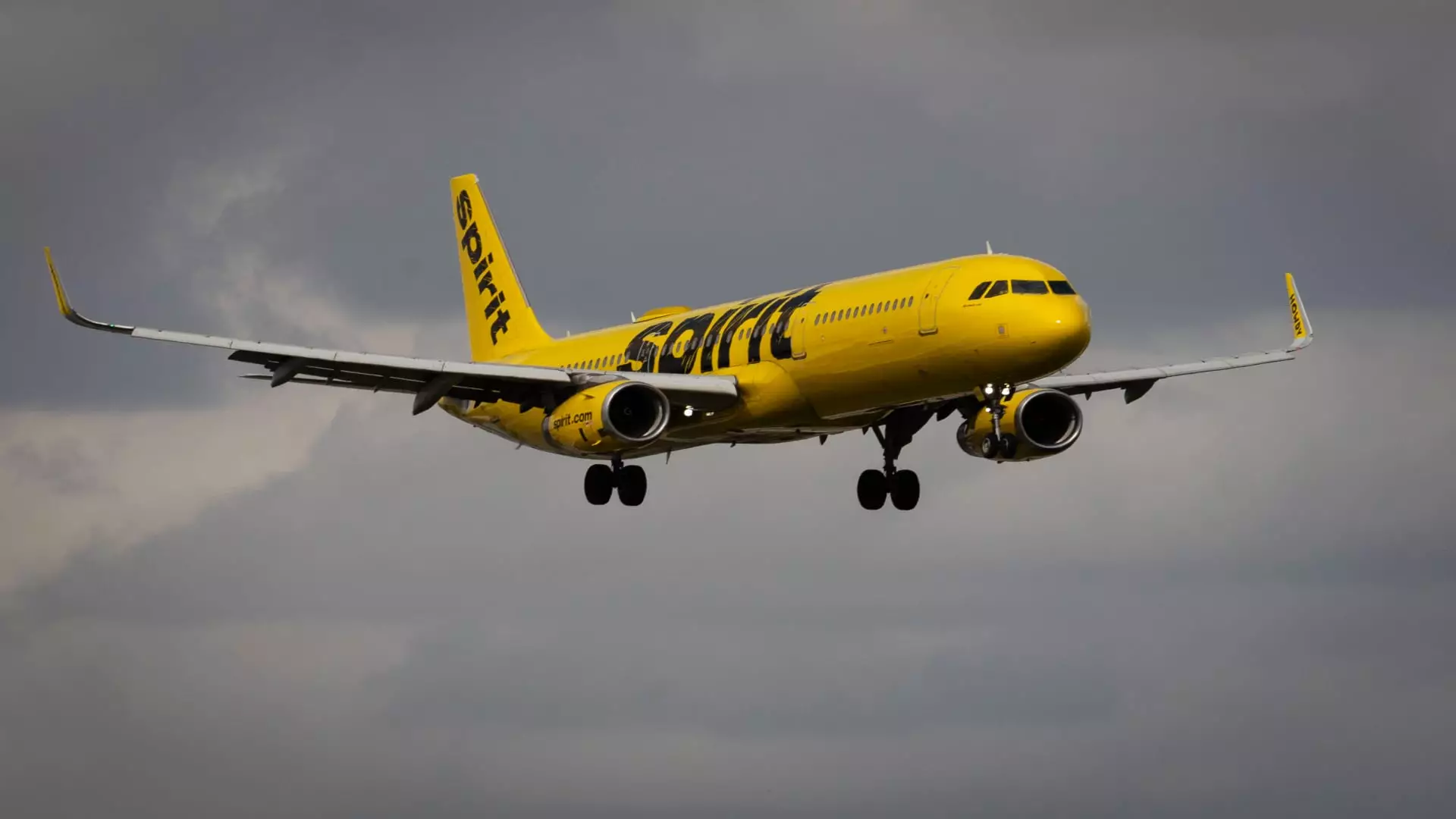Spirit Airlines, once the hallmark of budget-friendly air travel in the United States, has recently filed for Chapter 11 bankruptcy, raising eyebrows and concerns across the aviation industry. This move is not just a hiccup for the airline; it marks the culmination of years of financial mismanagement and external challenges that have collectively taken a heavy toll on its operations. To understand how Spirit found itself in this position, we must delve into the factors contributing to its downfall.
The Covid-19 pandemic acted as a significant catalyst for Spirit Airlines’ decline. Like many in the aviation sector, Spirit faced a sharp decline in passenger numbers during the height of the pandemic. However, the once-promising recovery has not materialized for Spirit as it remains unable to regain its pre-pandemic foothold. The airline’s weaknesses became more evident as it failed to adjust its business model to adapt to new consumer demands and a more competitive market landscape.
Beyond the pandemic, Spirit Airlines confronted additional challenges, including supply chain disruptions that continue to plague the industry. These issues resulted in delays and heightened operational costs. Further compounding its troubles, a significant engine recall from Pratt & Whitney left many of Spirit’s planes grounded, exacerbating flight cancellations and frustration among travelers. The culmination of these operational headaches not only hindered day-to-day operations but also eroded consumer confidence in the airline.
Travelers’ preferences have shifted dramatically since the pandemic. Many customers are now willing to invest in more comfortable flying experiences, opting for airlines that offer premium services rather than settling for basic low-cost options. Spirit, focused on ultra-low-cost travel, found itself outmatched by legacy carriers such as American, Delta, and United, which have tailored their offerings with more competitive pricing structures and expanded services to accommodate a broader range of customers.
Spirit’s financial situation has been dire long before its bankruptcy filing. Losing over $2 billion since 2020 illustrates the depth of poor financial management decisions. The failed merger attempt with JetBlue Airways further complicates the airline’s trajectory, revealing a miscalculated strategic direction. In response to its mounting fiscal challenges, Spirit resorted to drastic measures such as furloughing hundreds of pilots and restructuring its workforce, which only fueled discontent among employees and left the airline vulnerable.
In light of its bankruptcy filing on November 18, Spirit Airlines plans to continue operations as it navigates this challenging chapter. Nevertheless, analysts predict a bleak future for the airline, anticipating a reduced operational scale and a smaller route network as it emerges from bankruptcy, likely in early 2025. The challenges faced by Spirit Airlines serve as a stark reminder of the volatility of the airline sector and the necessity for adaptability in a rapidly changing market.


Leave a Reply